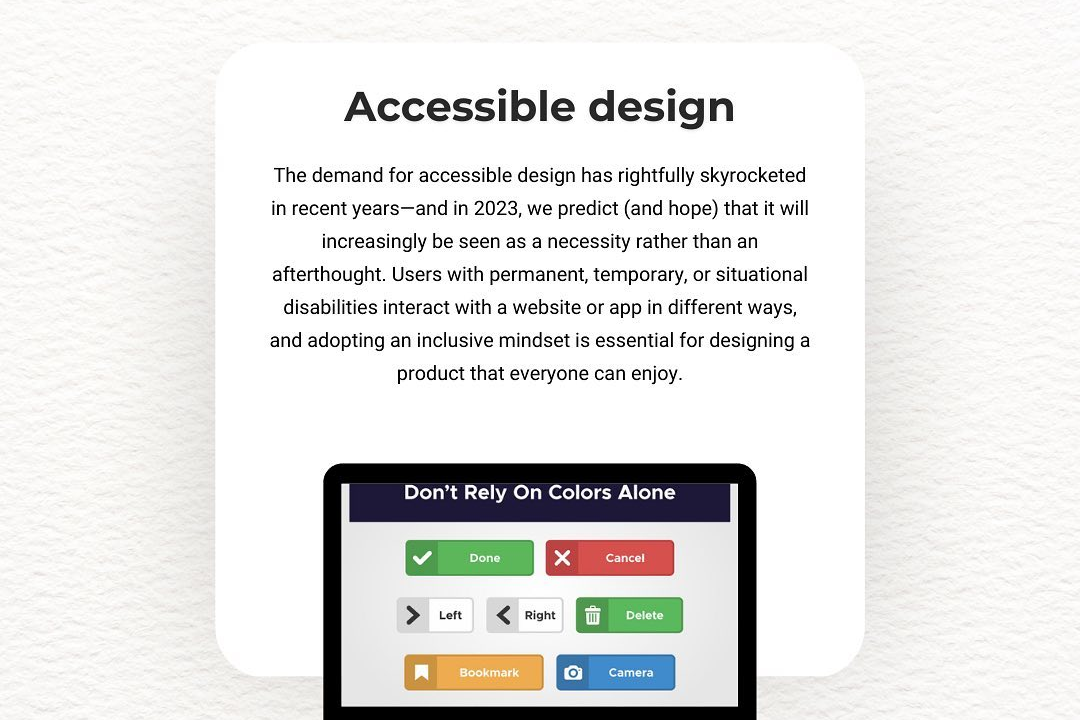Format Date and Time Function Program with PHP and HTML
Combining PHP and HTML to format date and time functions allows developers to dynamically display th
Format Date and Time Function Program with PHP and HTML
Combining PHP and HTML to format date and time functions enables developers to dynamically display the current date and time on web pages in customized formats, enhancing user experience by providing real-time, relevant information. This integration allows websites to automatically update timestamps, schedule data, or display localized time based on user preferences, making applications more interactive and functional. Utilizing PHP's date functions within HTML ensures seamless server-side processing, which is essential for creating time-sensitive features in various applications like event management, login logs, or certification timestamps, ultimately improving the accuracy and professionalism of the website.
To Download Our Brochure: https://www.justacademy.co/download-brochure-for-free
Message us for more information: +91 9987184296
Combining PHP and HTML to format date and time functions enables developers to dynamically display the current date and time on web pages in customized formats, enhancing user experience by providing real time, relevant information. This integration allows websites to automatically update timestamps, schedule data, or display localized time based on user preferences, making applications more interactive and functional. Utilizing PHP's date functions within HTML ensures seamless server side processing, which is essential for creating time sensitive features in various applications like event management, login logs, or certification timestamps, ultimately improving the accuracy and professionalism of the website.
Course Overview
The “Format Date and Time Function Program with PHP and HTML” course teaches how to display and customize current date and time on websites using PHP and HTML. It covers dynamic formatting, real-time updates, and practical implementation for creating interactive, time-sensitive web pages.
Course Description
Discover how to display and customize current date and time on your website using PHP and HTML in the “Format Date and Time Function Program with PHP and HTML” course. Learn to create dynamic, real-time timestamps and formats for interactive, time-sensitive web pages through practical, hands-on lessons.
Key Features
1 - Comprehensive Tool Coverage: Provides hands-on training with a range of industry-standard testing tools, including Selenium, JIRA, LoadRunner, and TestRail.
2) Practical Exercises: Features real-world exercises and case studies to apply tools in various testing scenarios.
3) Interactive Learning: Includes interactive sessions with industry experts for personalized feedback and guidance.
4) Detailed Tutorials: Offers extensive tutorials and documentation on tool functionalities and best practices.
5) Advanced Techniques: Covers both fundamental and advanced techniques for using testing tools effectively.
6) Data Visualization: Integrates tools for visualizing test metrics and results, enhancing data interpretation and decision-making.
7) Tool Integration: Teaches how to integrate testing tools into the software development lifecycle for streamlined workflows.
8) Project-Based Learning: Focuses on project-based learning to build practical skills and create a portfolio of completed tasks.
9) Career Support: Provides resources and support for applying learned skills to real-world job scenarios, including resume building and interview preparation.
10) Up-to-Date Content: Ensures that course materials reflect the latest industry standards and tool updates.
Benefits of taking our course
Functional Tools
1 - PHP Programming Environment: PHP is the core server side scripting language used for creating dynamic web pages. During the course, students learn to set up PHP environments using tools like XAMPP or WAMP server, which provide an easy to install package of Apache, MySQL, and PHP. These tools enable students to run and test their PHP scripts locally, ensuring they can work efficiently on date and time functions within a controlled environment. Mastery of the PHP environment is essential for handling server side logic and integrating it seamlessly with HTML for web development.
2) Code Editors: Students are introduced to popular code editors such as Visual Studio Code, Sublime Text, or Atom. These editors offer syntax highlighting, auto completion, debugging features, and extensions tailored for PHP and HTML, which significantly improve coding speed and accuracy. Through hands on practice, learners become proficient in writing, editing, and managing their code efficiently, reducing errors and enhancing productivity when developing date and time functions.
3) Web Browsers for Testing: Modern web browsers like Google Chrome, Mozilla Firefox, Edge, and Safari are indispensable tools for testing and debugging web applications. Students learn to utilize browser developer tools, including console logs, network monitors, and DOM inspectors, to identify issues and verify the functionality of their date and time displays. Cross browser testing ensures that the applications function correctly across different platforms, enhancing user experience and reliability.
4) PHP Libraries and Functions: The course explores built in PHP functions such as date(), time(), strtotime(), and DateTime class, which simplify the process of formatting and manipulating date and time data. Students learn to leverage these powerful tools to generate dynamic, real time date and time content, perform calculations involving time intervals, and display localized date formats. Understanding these libraries is crucial for creating flexible and robust web applications related to date and time management.
5) HTML & CSS Tools: HTML forms, input fields, and semantic tags are used to present date and time information to users. Students are trained to design user friendly interfaces that can accept user input through various input types like date, time, and datetime local. CSS tools and frameworks such as Bootstrap help to style and position date time display components, ensuring responsiveness and aesthetic appeal across all devices.
6) Version Control Systems: Git and platforms like GitHub are emphasized for managing code versions and collaborative development. By using these tools, students can track changes, collaborate with peers, and rollback to previous working versions if needed. This skill is vital for professional development environments, especially when working on complex applications that involve multiple features and team members working simultaneously.
7) Debugging Tools: Integrated debugging tools within IDEs and browsers assist students in identifying and resolving code issues efficiently. Using breakpoints, variable watches, and error logs, learners gain hands on experience in troubleshooting date and time functionalities, which enhances their problem solving skills and prepares them for real world application development.
8) API and External Libraries (Optional): For advanced courses, students may explore external APIs and libraries like Moment.js (JavaScript), Date.js, or PHP extensions that offer extended functionalities for handling complex date and time operations. These tools provide additional flexibility, especially for applications requiring sophisticated date calculations, timezone conversions, or internationalization features.
9) Documentation and Online Resources: Courses include training on how to utilize official documentation, community forums, and online tutorials to troubleshoot issues and expand their knowledge. Resources like PHP.net, MDN Web Docs, and Stack Overflow are vital for continuous learning and staying updated with best practices in date and time programming.
10) Project Management and Collaboration Tools: Platforms such as Trello, Asana, or MS Teams are introduced to facilitate project planning and team collaboration during practical sessions. These tools help organize tasks like designing date time components, assigning roles, and tracking progress, fostering teamwork essential for real world web development projects involving date and time functionalities.
11 - Local Development Servers: Setting up local development servers like MAMP, XAMPP, or WAMP allows students to simulate live server environments on their machines. This setup enables testing date and time functions in conditions similar to production, ensuring compatibility and performance before deployment.
12) Database Management Tools: Tools such as phpMyAdmin or MySQL Workbench are introduced for managing databases that store date and time data. Students learn how to create tables, run queries to fetch date related information, and handle datetime fields effectively, ensuring their web applications interact seamlessly with databases.
13) Web Hosting Platforms: Guidance on deploying PHP applications that handle date and time functionalities onto live web hosting services helps students understand deployment workflows. This includes configuring server time zones, ensuring correct datetime display for end users, and maintaining application stability post deployment.
14) Security Practices: The course emphasizes best security practices related to date and time data, such as validating user inputs to prevent injection attacks, handling timezone data securely, and ensuring data privacy. These measures protect applications from vulnerabilities associated with date and time inputs.
15) Performance Optimization Techniques: Students explore methods to optimize date and time processing, such as efficient querying, caching frequently used date calculations, and minimizing server load. These skills help create scalable applications capable of handling high traffic.
16) User Interface (UI) Enhancement Tools: Implementing JavaScript libraries like Flatpickr or Pikaday enhances date and time selection UI components, providing users with intuitive, accessible, and responsive date picker interfaces. These tools improve overall user experience.
17) Accessibility Tools: Accessing assistive technologies and following WCAG standards ensures that date and time interface components are accessible to all users, including those using screen readers or keyboard navigation, promoting inclusive design.
18) Internationalization and Localization Tools: Students learn to adapt date and time displays to various cultural formats using PHP’s locale functionalities or JavaScript libraries. This ensures applications are globally usable, respecting local conventions for date and time.
19) Testing and Validation Frameworks: Integration of testing tools like PHPUnit or Selenium allows students to write automated tests for date and time functionalities, improving code reliability and reducing bugs before deployment.
20) Certificate and Certification Preparation: The course provides guidance on preparing for industry recognized certificates related to PHP, web development, and project management, enhancing students' credentials and employment prospects.
Browse our course links : https://www.justacademy.co/all-courses
To Join our FREE DEMO Session:
This information is sourced from JustAcademy
Contact Info:
Roshan Chaturvedi
Message us on Whatsapp:
Email id: info@justacademy.co












